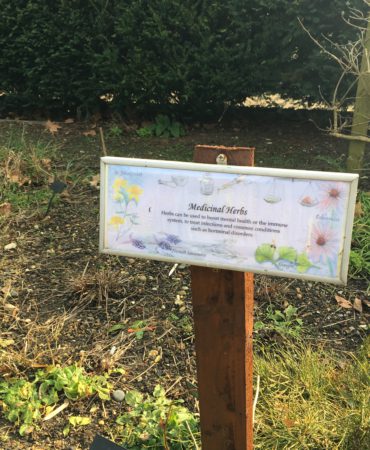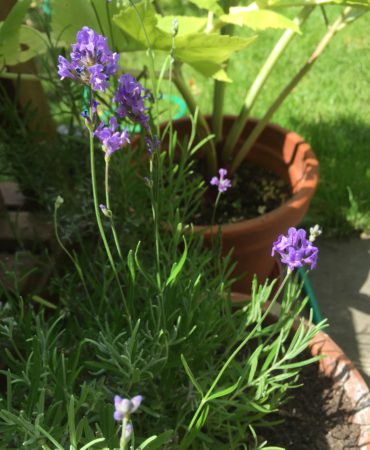Currently Empty: £0.00
The herb Marsh Mallow | Althaea officinalis by Ruth Ridley
Growing the herb marshmallow
As the name would suggest, marsh mallow grows in damp places. It is a tall perennial, with flower spikes growing to about a metre high, and forms a clump of soft grey leaves. The flowers come in shades of pink and white. It enjoys a sunny position and will even thrive in a pot if well watered. It flowers in late summer.
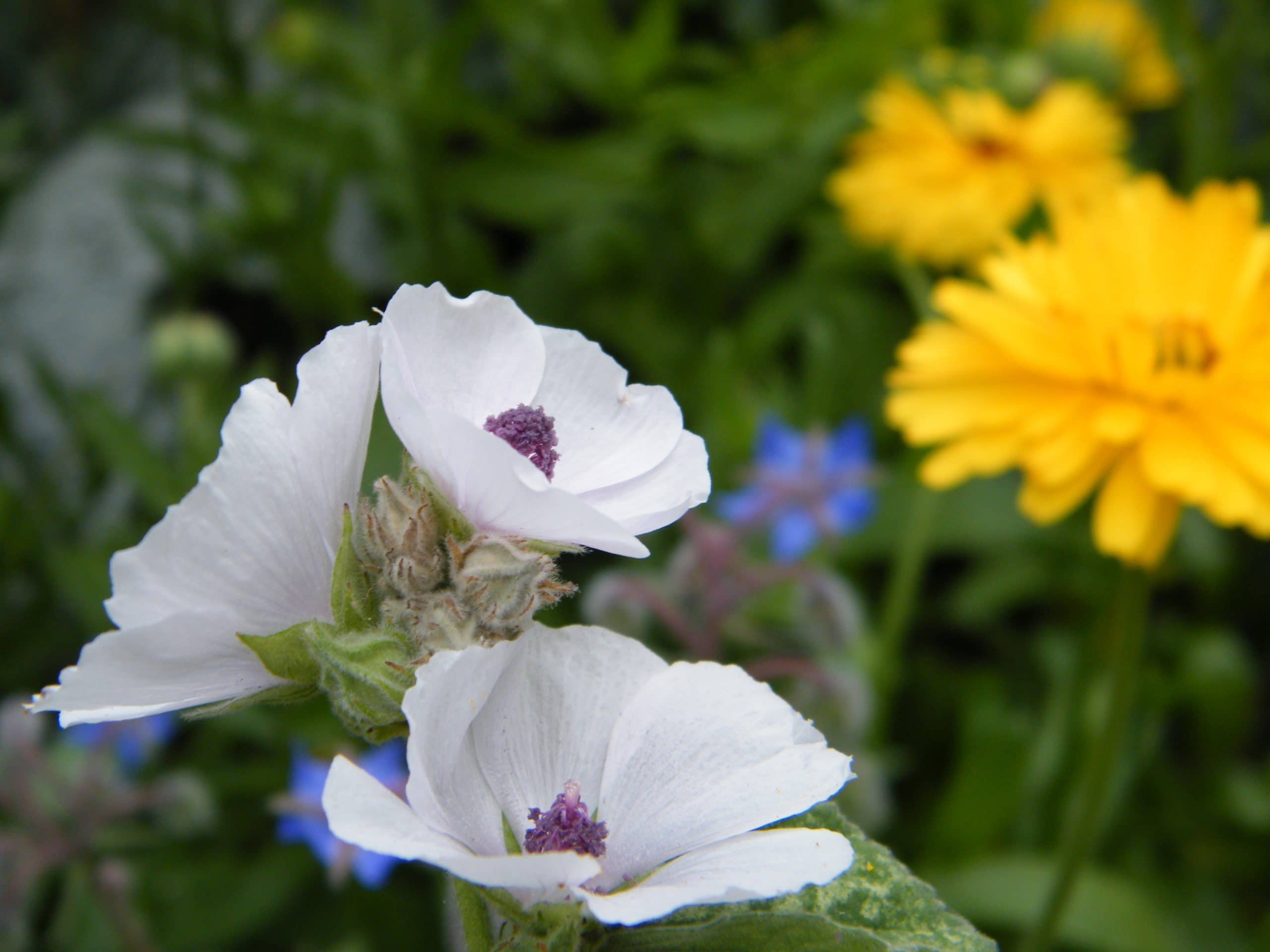
Culinary use of Althaea officinalis
Most people will know that marshmallow sweets used to be made from the roots of this plant, but did you know that all parts of Althaea officinalis are edible? Young tops and flowers can be eaten in salads. In poorer times, the foraged root would have been boiled and served as a vegetable.
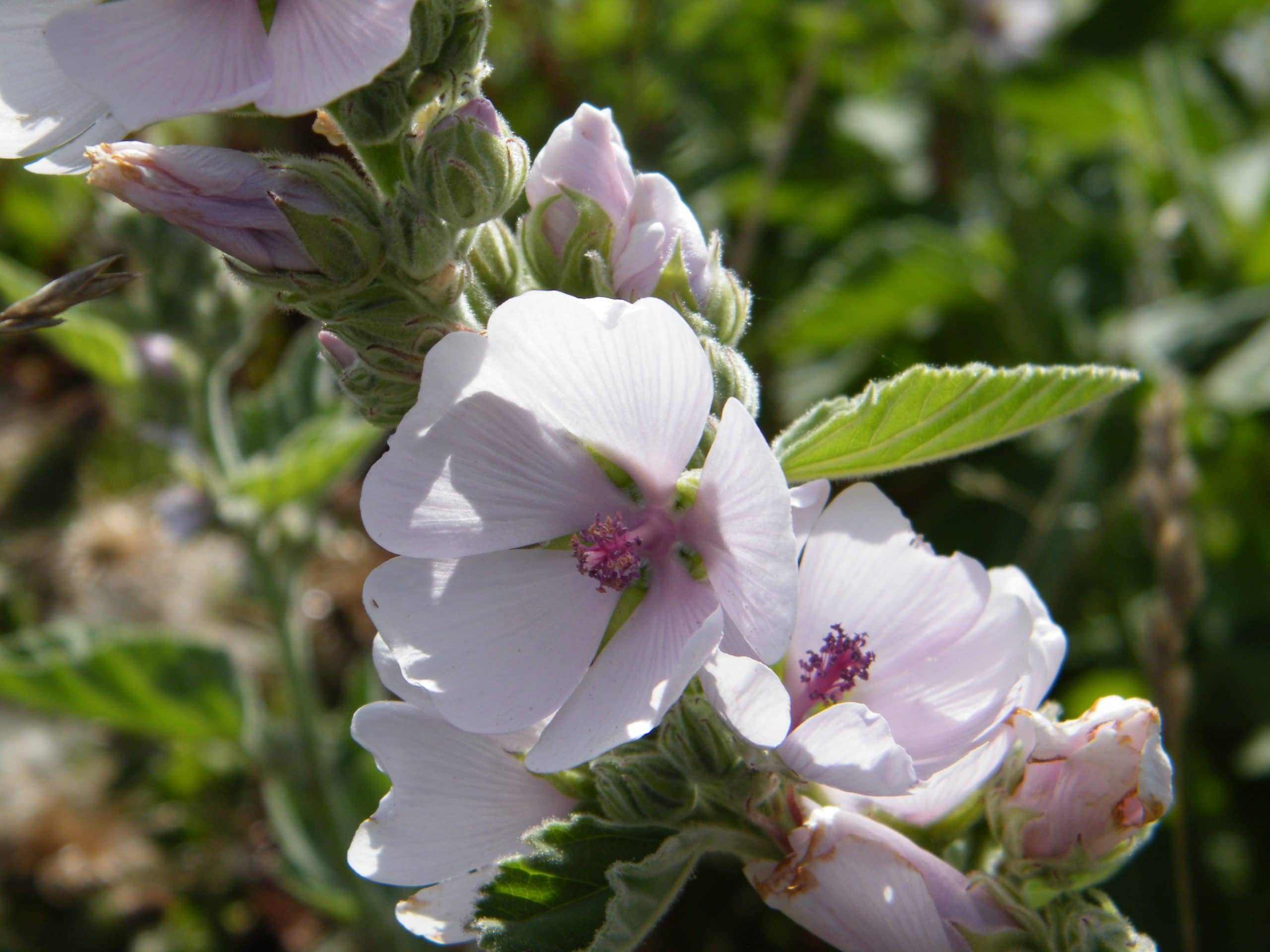
If you’d like to try making traditional marshmallows, many recipes like this one from learning herbs shortcut digging and cleaning the root by substituting for commercial marshmallow root powder. Of course anyone foraging for roots must be certain they have identified them correctly and must ask the landowners permission before digging.
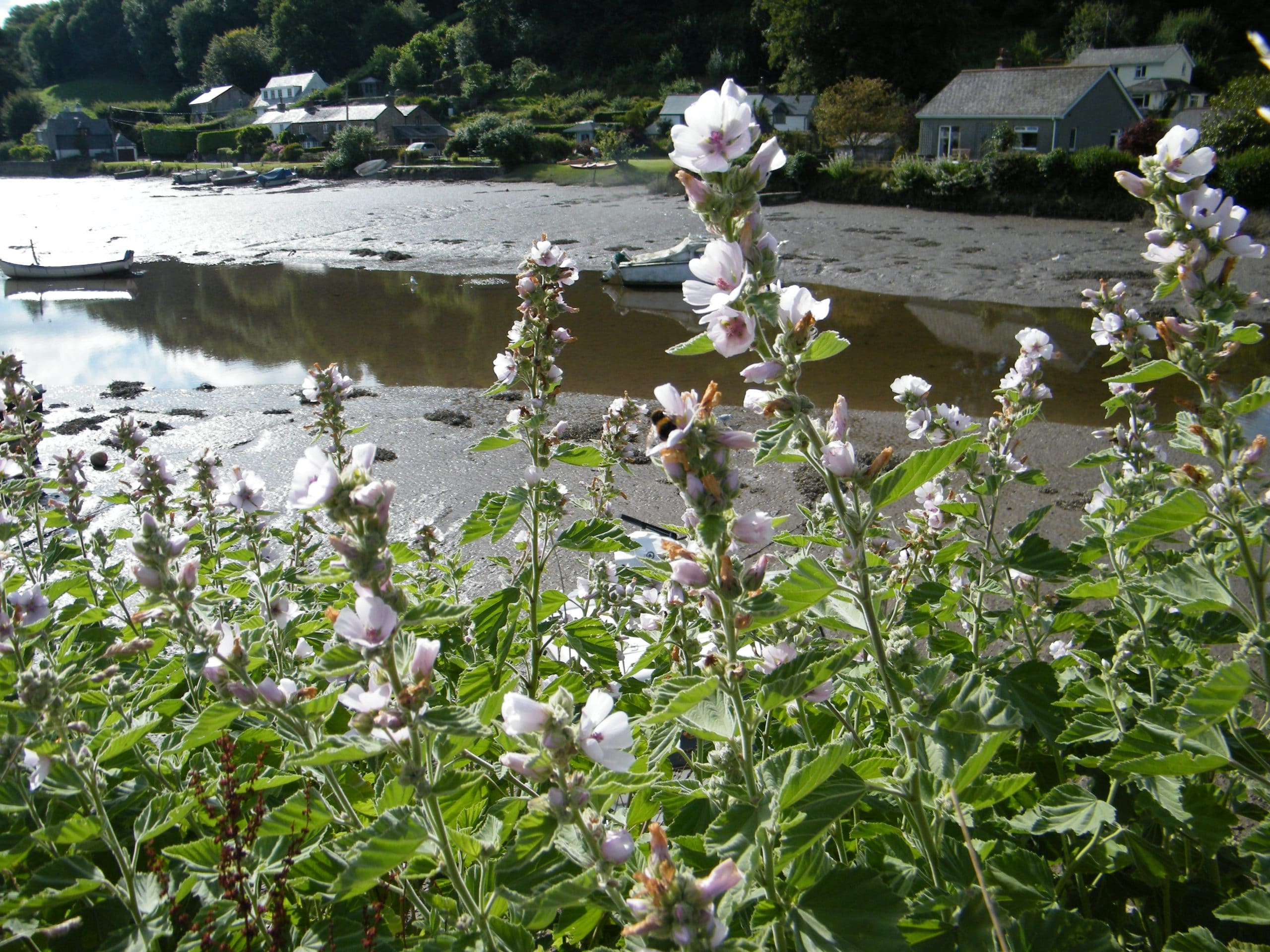
Medicinal use of the herb
Medicinally speaking, the plant has been used for centuries. In fact the name Althaea is from the Greek, meaning “to cure”. Writings by Dioscorides (first century AD) and Pliny on the use of mallow have been found, and Pliny says,
“Hippocrates gave to drink a decoction of its root-juice to wounded people thirsty because of blood loss, and [applied] the mallow leaf itself onto wounds with honey and resin; similarly onto contusions, luxations and swellings; and he applied it as above onto muscles, sinews and joints;he gave it to drink in wine to people suffering from spasms or dysentery [1].”
Quite an all-rounder! It is also believed to have been used by the Ancient Egyptians as a treatment for sore throats.
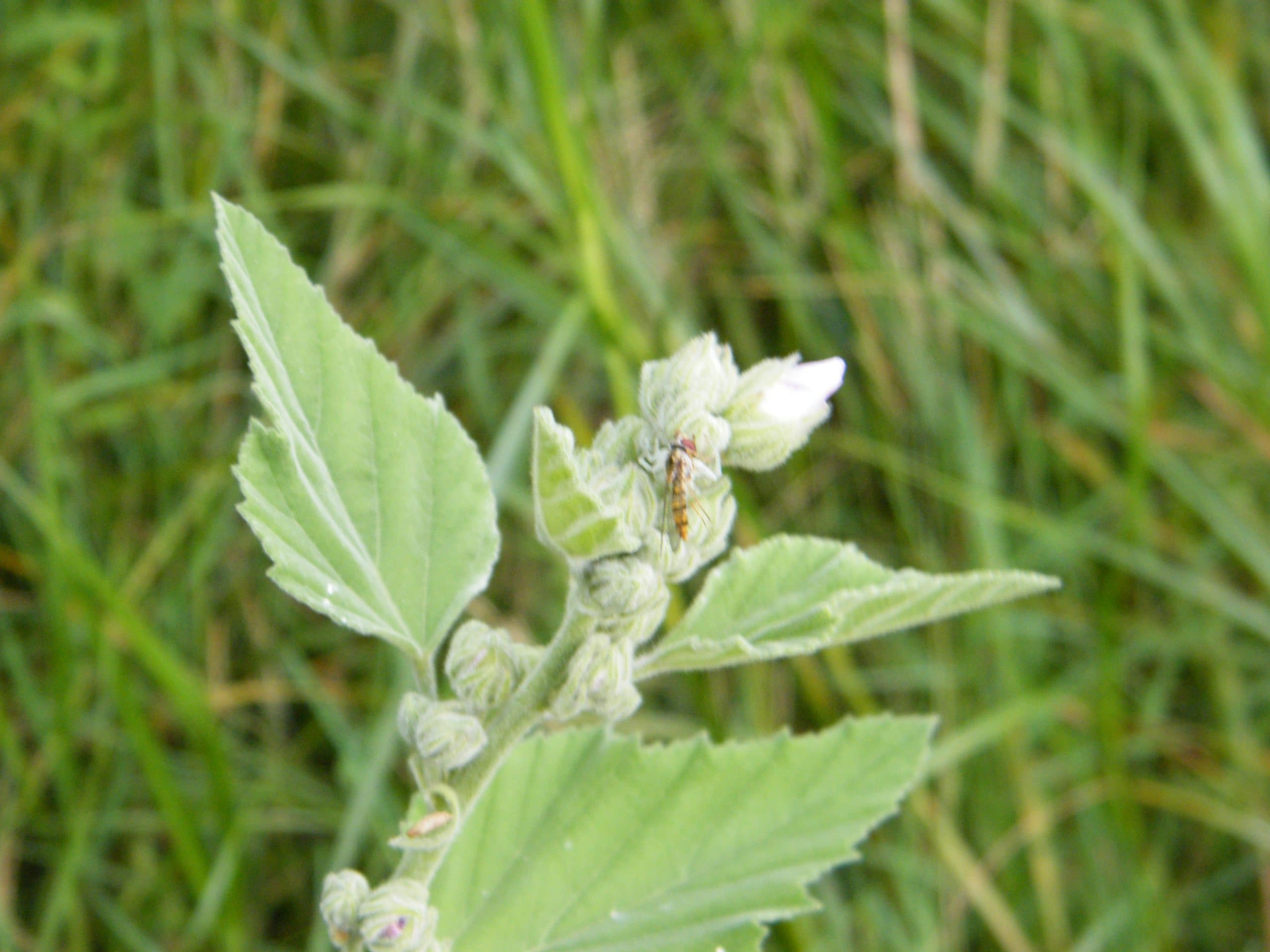
Marshmallow contains a mild mucilage which can relieve irritation of mucus membranes by forming a protective coating. For example, marshmallow root has been traditionally used to make cough medicine. However, it is thought that it may also line the stomach preventing absorption of medicines, so care is needed, and it may also affect blood sugar levels.
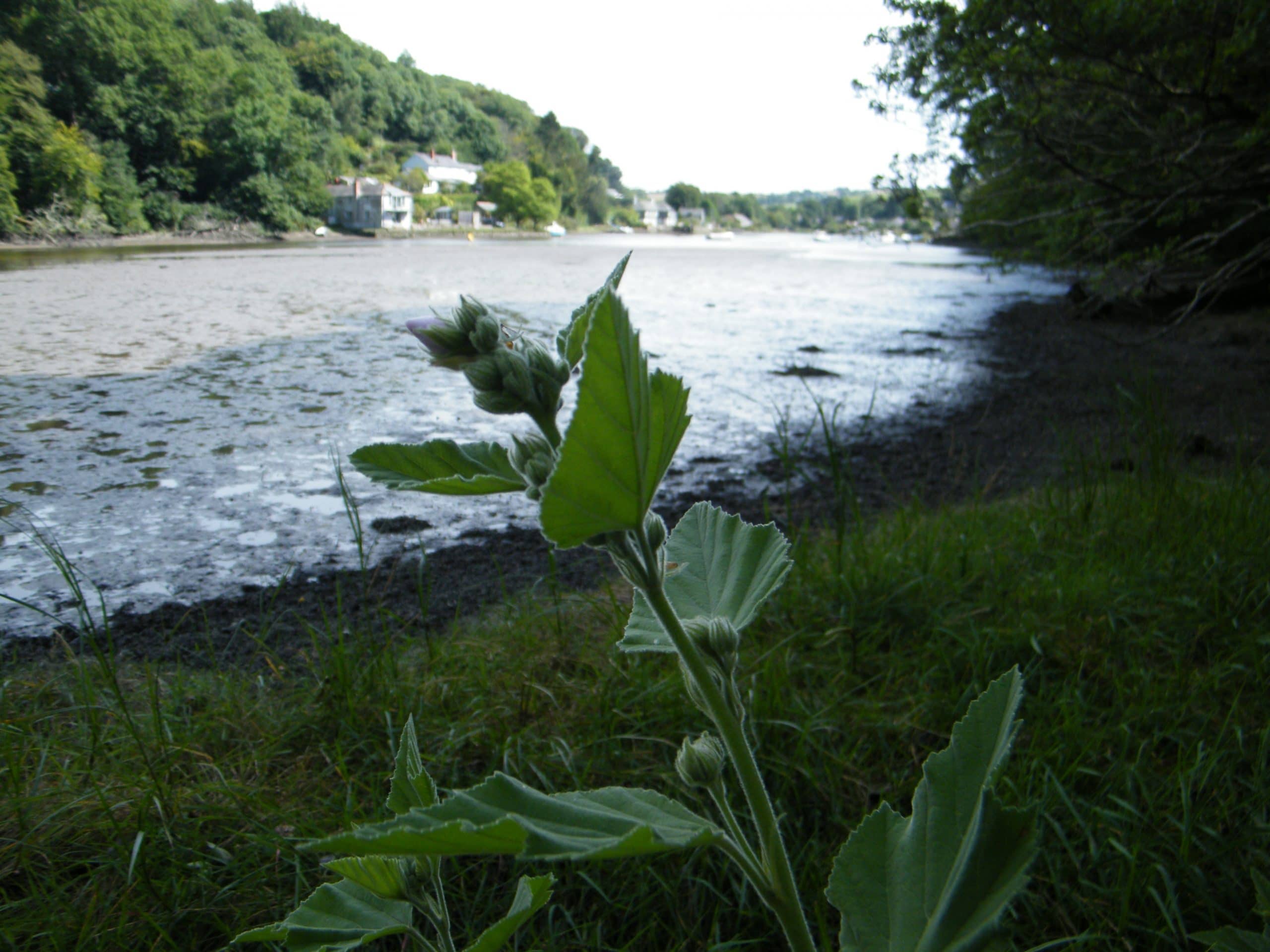

Written by Ruth Ridley

